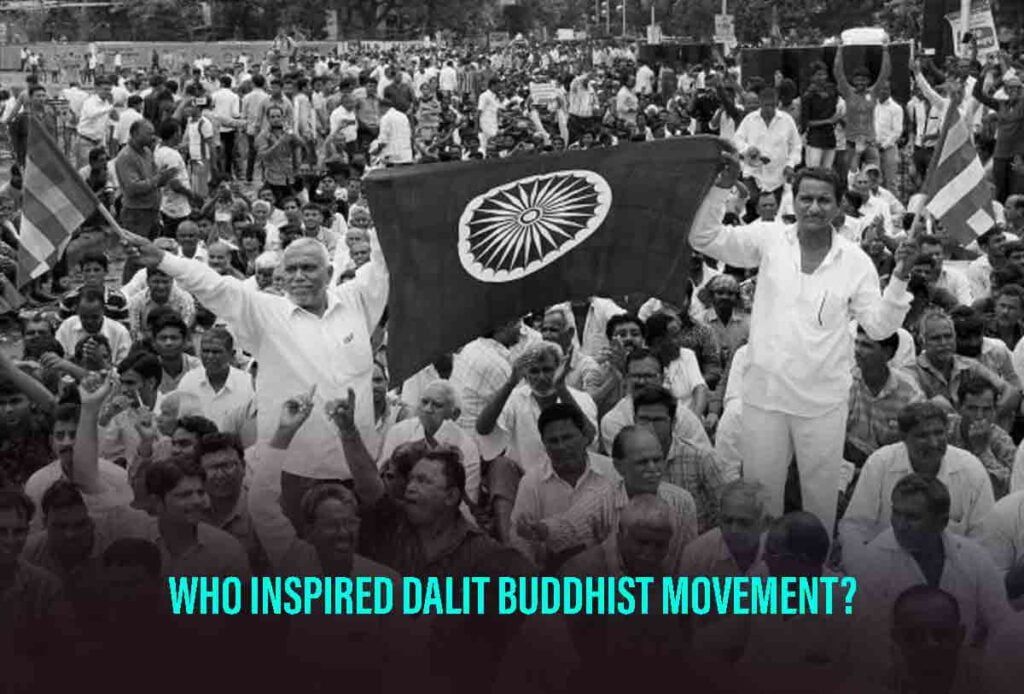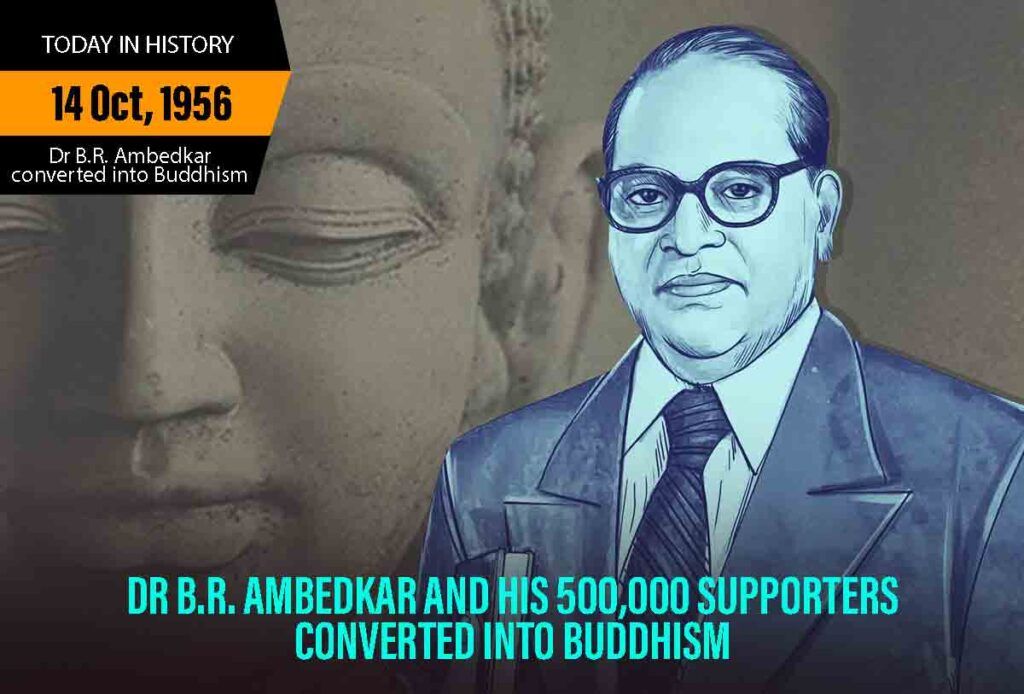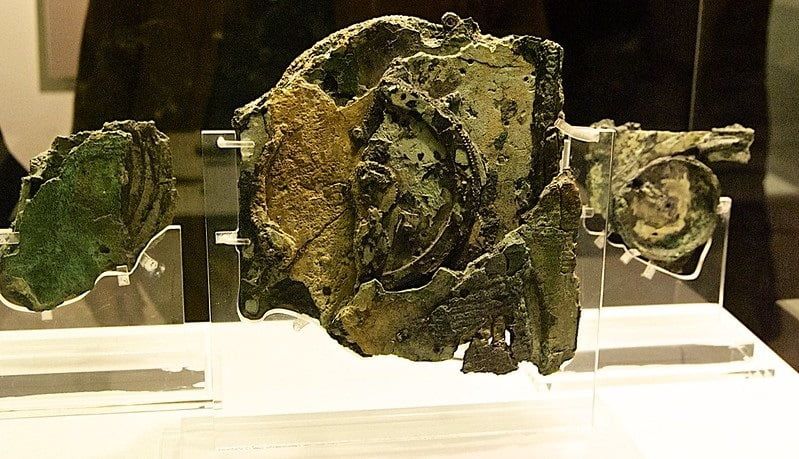Believers of Hinduism preach that the Hindu religion is the ‘Sanatan Dharma’ or the religion upon which human civilization was founded. While many believe in such teachings, there was one person who had the courage to go against the Sanatan Dharma and convert himself to Buddhism. Yes, you guessed it right! He is Dr Babasaheb Ambedkar, father of the Indian Constitution who redefined his identity and embraced the concept of Buddhism over Hinduism, the religion which he was born into. He was the one who founded neo Buddhism. But, what is neo Buddhism? On 14th October 1956, Nagpur witnessed the mass conversion to Buddhism in India by the Indian Social Reformer BR Ambedkar and his 5,00,000 supporters. What is the history behind the Dalit Buddhist movement in India? Why is the history of Dalit movement in India still under debate? Read here.
This article will take you to the period of the Dalit Buddhist movement in India and will throw light on But, why did Babasaheb initiate the mass conversion to Buddhism in India and why BR Ambedkar chose Buddhism over other Indian religions to preach the concept of morality and righteousness. Read below to know more.

Babasaheb Ambedkar – The Father Of Indian Constitution
Born on 14th April 1891, in New Delhi, India, Dr BR Ambedkar belonged to the Mahar community, a so-called Dalit caste defined by the Hindu system. From his childhood days, he was a victim of caste discrimination. The system of caste discrimination didn’t leave him in his adult years as well. When he joined the Baroda Public Service, his colleagues didn’t leave any chance to mock him for his identity.
To abolish the caste system of Hinduism, Babasaheb Ambedkar organised his community and published several articles demanding the betterment of his people, but in vain. Later, he managed to introduce the reservation system in India to secure seats in the Legislative Assembly for the backward classes and the downtrodden.
Following the success, he wrote the Indian Constitution but later resigned from Indian politics due to a lack of influence. Dissatisfied with his own religion which granted him no freedom and mental peace, he converted himself to Buddhism and ideated the concept of Neo Buddhism to the world. But, what is Neo Buddhism? Why Babasaheb Ambedkar urged his people to convert to Buddhism? What is the significance of the Dalit Buddhist movement in India?
History Of Dalit Movement In India – A Story Of Mass Conversion
There are several events in history that hint towards mass conversion from one religion to another to redefine one’s lost identity. But, the mass conversion to Buddhism in India was something entirely different to others. The conversion of Dr BR Ambedkar to Buddhism was not an impulsive decision, rather it was his two decades of effort and struggle to reorganize his community and its people.
In the words of Babasaheb Ambedkar, “After giving deep thought to the problem, everybody will have to admit that conversion is necessary to the Untouchables as self-government is to India. The ultimate object of both is the same. There is not the slightest difference in their ultimate goal. This ultimate aim is to attain freedom. And if freedom is necessary for the life of mankind, conversion of Untouchables which brings them complete freedom cannot be called worthless by any stretch of the imagination.”
In the year of 1956, the leader along with his followers took to Buddhism in Nagpur, India and strongly advocated against the racial concepts of Hinduism. He was of the view that conversion and only conversion can earn the Dalits their due status in society. But, though Ambedkar was the leading figure behind the Dalit Buddhist movement in India, he could not practice the religion he worked for throughout his life – Neo Buddhism.
The born leader died in December soon after his conversion. But, the revolution that he started did not fade away with time. Today, more than lakhs of Dalits have found their lost identity through the works of the Late Dr Babasaheb Ambedkar.

What Is Navayana Buddhism –The Tale Of Mass Conversion To Buddhism In India
The history of Dalit movement in India still calls for debates among experts as to why BR Ambedkar followed the path of Buddhism, while there were other religions as well in secular India.
The mass conversion to Buddhism in India raised many questions in the minds of the public as to why Babasaheb Ambedkar and his people went against the Sanatan Dharma and preached the teachings of ‘Dhamma’ or morality when he himself was born to a Hindu family. We can find an answer to this question in his book titled, ‘Buddha and Future of His Religion’.
According to him, no other religion, be it Hinduism, Christianity or Islam teaches the world the values of righteousness and virtue, except Gautama Buddha, the founding father of Buddhism. He adds that while Lord Krishna, Jesus and Mohammed declared themselves as The Messenger of God, Gautama Buddha identified himself as a normal human being who wishes to make the world a better place to live in!
He further mentioned in his book that while Hinduism is based on Chaturvarna which gives rise to inequality on the basis of caste and gender, Buddhism is the only religion which teaches the world the meaning and significance of equality and justice.
He once stated, “… religion is for man and not man for religion. For getting human treatment, convert yourselves. Convert for getting organised. Convert to becoming strong. Convert for securing equality. Convert for getting liberty.” The Movement of mass conversion of Buddhism in India is now known as what is Neo Buddhism or Navayana Buddhism.
Also Read- Why Dr BR Ambedkar Was Famous And The Role Of Ambedkar In The Indian Constitution
Why Nagpur Was Chosen As The Centre For Dalit Buddhist Movement In India
Did you know why Nagpur was chosen as the centre for mass conversion to Buddhism in India? What was so special about Nagpur?
A day later, on 15th October 1956, the leader himself answered the reason behind his choice. Babasaheb Ambedkar was of the view that the region of Nagpur was chosen as the people of Nagpur, the Nag people, carry with them a deep connection with Buddhism. He further mentioned that it was the Nag people in the past who opposed the Aryans and preached the ideas of Buddhism.
He said, “The Nag people spread the teaching of Bhagwan Buddha all over India. Thus we are like Nag people. It seems that the Nag people lived chiefly in Nagpur and the surrounding country. So they call this city ‘Nagpur’, meaning city of Nags. Nagpur was chosen because of this.”
Conclusion – The Dalit Buddhist Movement Of 2022
The Dalit Buddhist movement in India, spearheaded by Dr Babasaheb Ambedkar is successful to some extent to uproot the vicious clutches of caste discrimination from India. But, it is not yet safe to conclude that the practice of caste discrimination has totally been abolished. To date, many Dalit families are denied their basic rights by the so-called upper castes.
Many examples of such cases are present before us. The Dalit Buddhist movement of 2022 focuses on the stories of such people. Stories of Santosh from Ghaziabad, Lalit and Nisha show us that the roots of caste discrimination in India are hard to uproot! The Dalit Buddhist movement of 2022 was attended by Rajendra Gautama, a Delhi cabinet minister and leader of the Aam Aadmi Party along with Rajratna Ambedkar, the great grand nephew of BR Ambedkar.
Gautama stated, “If we don’t want our children to be murdered for drinking water from the pots, keeping a moustache or for owning or riding horses, we will have to organise ourselves and our community will have to come together in a disciplined manner”.
But, while many Dalit families are now turning towards Buddhism, following the path of their leader Bhimrao Ambedkar, let us not forget that conversion is not the solution to the societal problem. Only Educating the masses can solve the age-old problem of caste discrimination in our society.
Also Read- Some Amazing Facts About Dr. B. R. Ambedkar That You Must Know
FAQs
1. What Is Navayana Buddhism?
The reinterpretation of Buddhism by Dr Ambedkar is what is Navayana Buddhism. Neo Buddhists are distinctly different from conventional Buddhists! This newly found religion does not believe in the Four Noble Truths of conventional Buddhism. Rather, they are founded on the basis of caste struggles and discrimination.
2. What Is Neo Buddhism?
Navayana Buddhism is known as Neo Buddhism. The newly formed sect which emerged from traditional Buddhism is known as Neo Buddhism and the followers of Neo Buddhism are known as Neo Buddhists.
3. List of Dalit movements In India
In the history of Dalit movement in India, there is a list of Dalit movements:
- Nair movement
- Satyashodhak movement
- Justice Party movement
- Self-Respect movement
- Depressed Classes movement or the Mahar movement
- Congress Harijan movement
- Kaivartya movement
For more articles, Visit Discover












